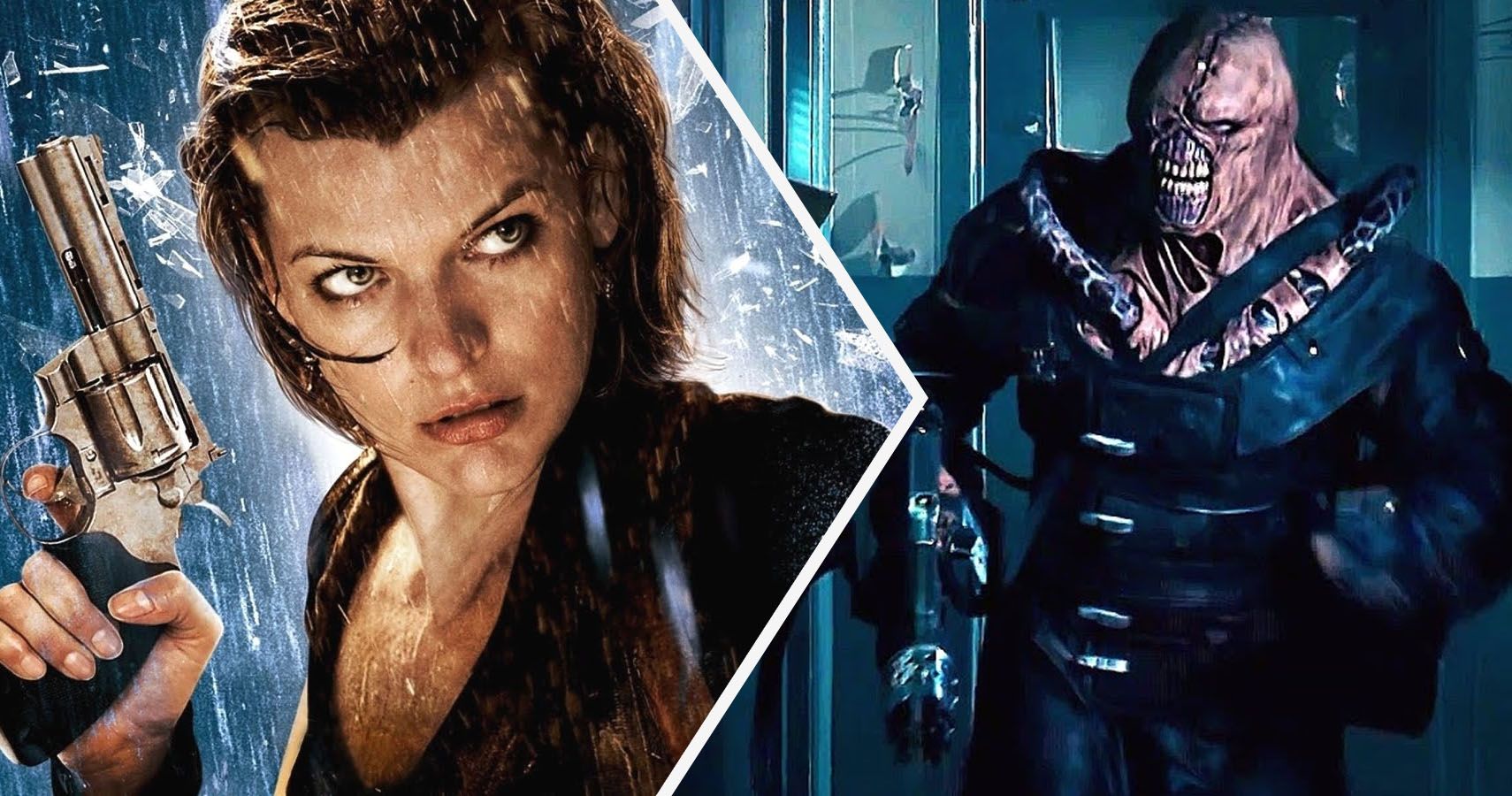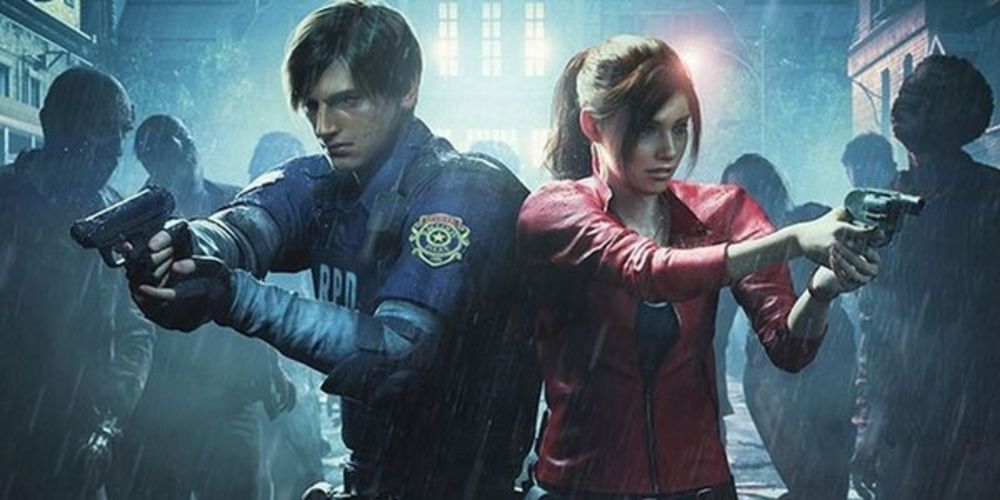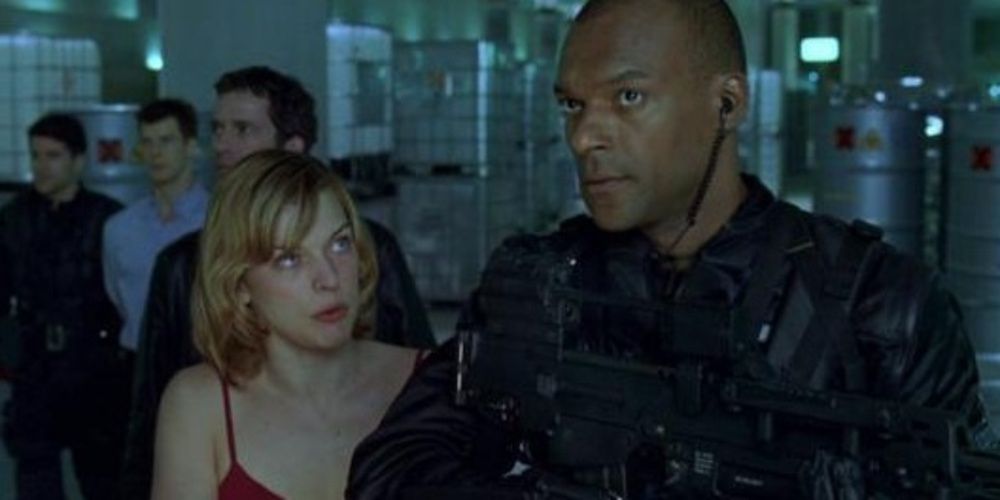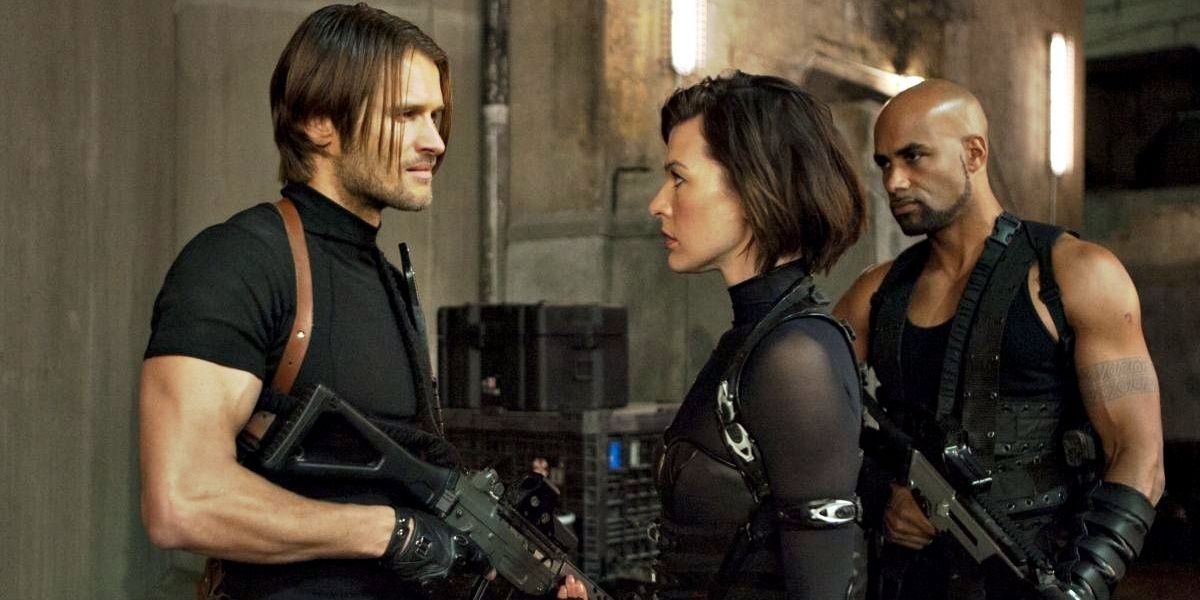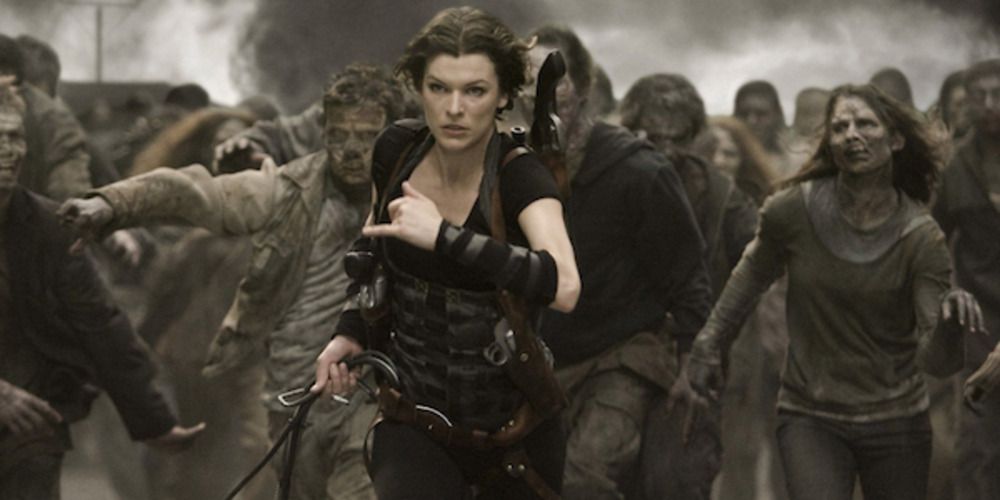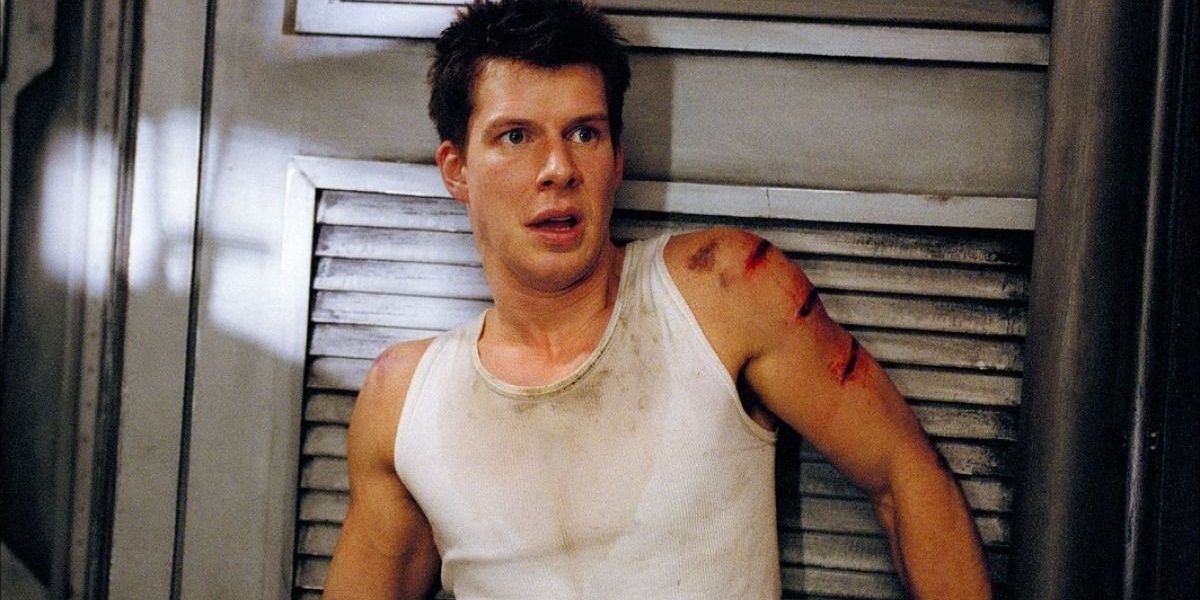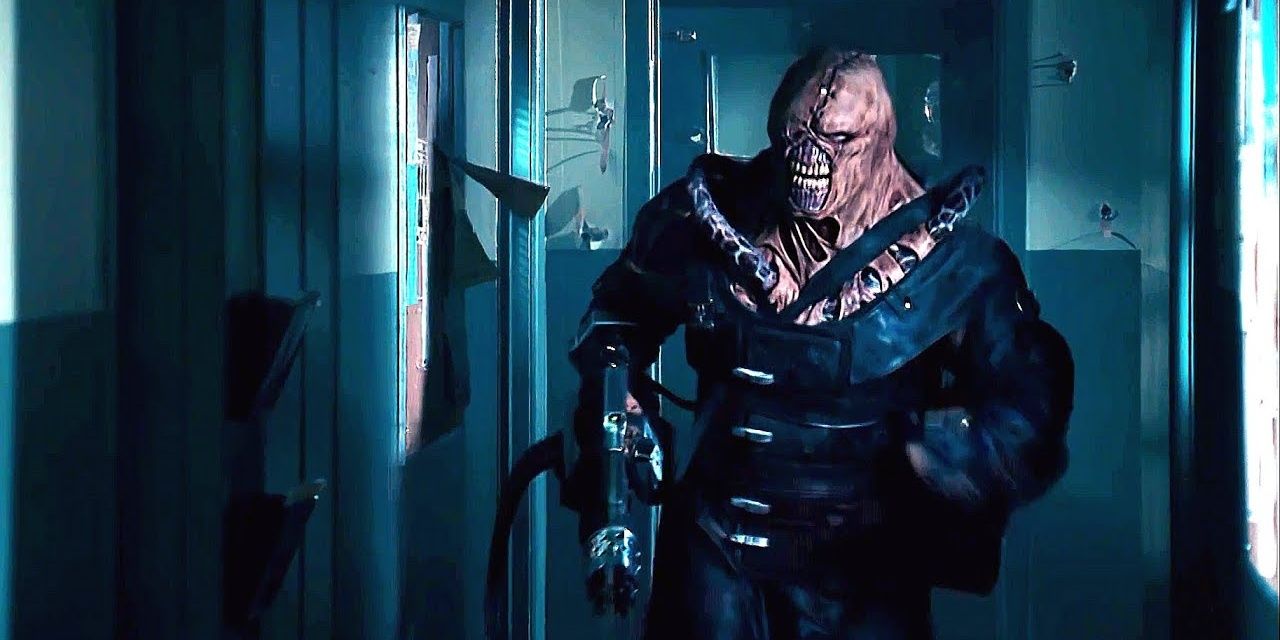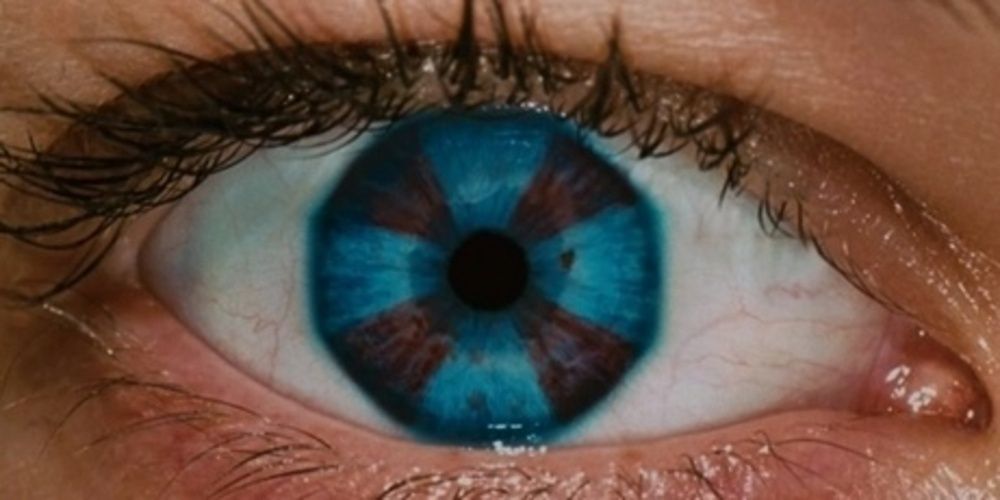A Resident Evil TV show would have sounded weird a few years ago, but the rise in streaming services and he franchise's growing popularity has given way for Netflix to adapt the video games into a series. Netflix's Resident Evil will be a reboot disconnected from the movies, but there's still a chance the TV series will make the exact same mistakes.
A reboot allows for Netflix's Resident Evil to be unencumbered by the mistakes made by the film franchise, which – while massively successful in its own right – failed to live up to its narrative potential. The Netflix series can learn from these mistakes and give Resident Evil the TV series it deserves.
10 Separating The Protagonists Too Much
The Resident Evil movies chose to make Alice the focal point, with other main characters weaving in and out without sticking around for too long. The TV series needs to avoid this in order to build chemistry between the leads. By separating the main cast from each other, there isn't enough time to flesh out a believable relationship.
9 Placing Too Much Emphasis On Violence
Both Resident Evil 6 and Resident Evil: Retribution feature too much over-the-top violence. With the games having learned from this mistake, it’s time the TV series does too. The show needs to keep the violence on the down-low. Action needs to be up close and personal, not a bloodfest. The series can take inspiration from Resident Evil 7: Biohazard, which brought plenty of brutality but didn't spray blood around liberally.
8 Hammy Dialogue
Despite the commercial success the Resident Evil movies received, audiences don't exactly sing praises about the writing. More than anything, dialogue was unintentionally funny and often too on the nose. It got to the point where villains were chewing the scenery, something the TV series has to avoid in order to be taken seriously. The movies could skirt by due to their low runtime, but the show will be seen as a joke if conversations are too campy.
7 Turning Video Game Protagonists Into Side Characters
Movie fans don't have the luxury of getting to know video game characters like Jill, Leon, or Chris. With Alice in the lead, video game mainstays were moved into the supporting cast – often rotating in and out from movie to movie.
The best thing for the Netflix series to do would be to leave out these protagonists entirely, as adapting them would steal focus from the adaptation's lead, while also failing to do justice towards the video game cast.
6 Playing Too Much Into Zombie Tropes
At various points in the movies, things became very reminiscent of zombie manga. The TV series has to be creative with these foes, as the zombie tropes have become far too common. The movies made the mistake of being too simple in execution, with the zombies too predictable or far too “out there” to really get audiences excited.
5 Killing Characters Off For Shock Value
A trend in the movies was adapting bosses from the games as part of Alice's story. This lead to characters being killed off purely to shock audiences. The TV series should keep the established characters a cut above the rest without resorting to plot armor, and death needs to carry a lasting impact.
4 B-Movie Filmmaking
Due to the movie franchise's budget, a lot of early costumes came out looking like cosplay. Another mistake was cheapening out on the cinematography, leading to several poorly lit scenes that looked like they were filmed with low-quality cameras. The TV series' cinematography needs to communicate the dire circumstances the main characters are in, and the costumes should resemble the games while still being grounded in reality.
3 Favoring Action Over Horror
The most popular Resident Evil monsters highlight fear factor above all else. The movies were far too indulgent in the action side of things, to the point where horror became largely secondary.
The show needs to stick to Resident Evil's roots, with atmospheric horror taking precedence over shooting zombies. With this direction, the Netflix series can distinguish itself from the original movies.
2 Having A Main Character Like Alice
Alice is defined from her mysterious past above all else, with the movies failing to flesh out her personality. The TV series needs to be more personal, with the lead character someone the audience can both relate towards and root for. In order to do this, the action should be toned down to give the main protagonist a fleshed-out background with an emotional quality.
1 Using Too Many Sequel Hooks
The movies indulged far too much in leaving out plot devices that were meant to keep viewers hooked either until the end of the film or to the sequel. The problem is that putting in so much ambiguity ultimately takes away the mystique entirely.
The TV series needs to go the organic way, with plot threads connecting one to the next without throwing away hooks that are supposed to be resolved later. There can be an overarching mystery, but resolutions should be provided in a timely fashion, instead of dragging things out.

